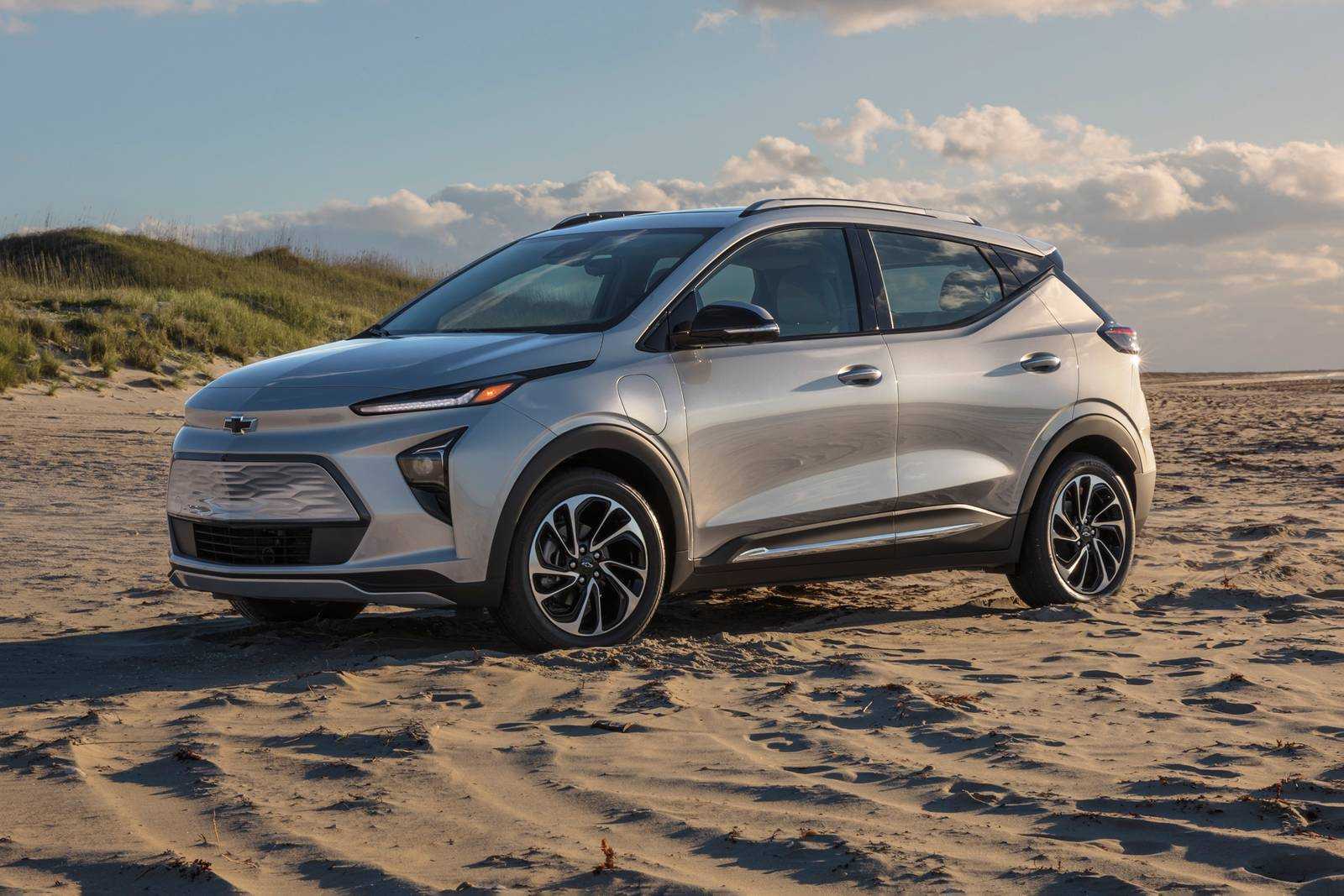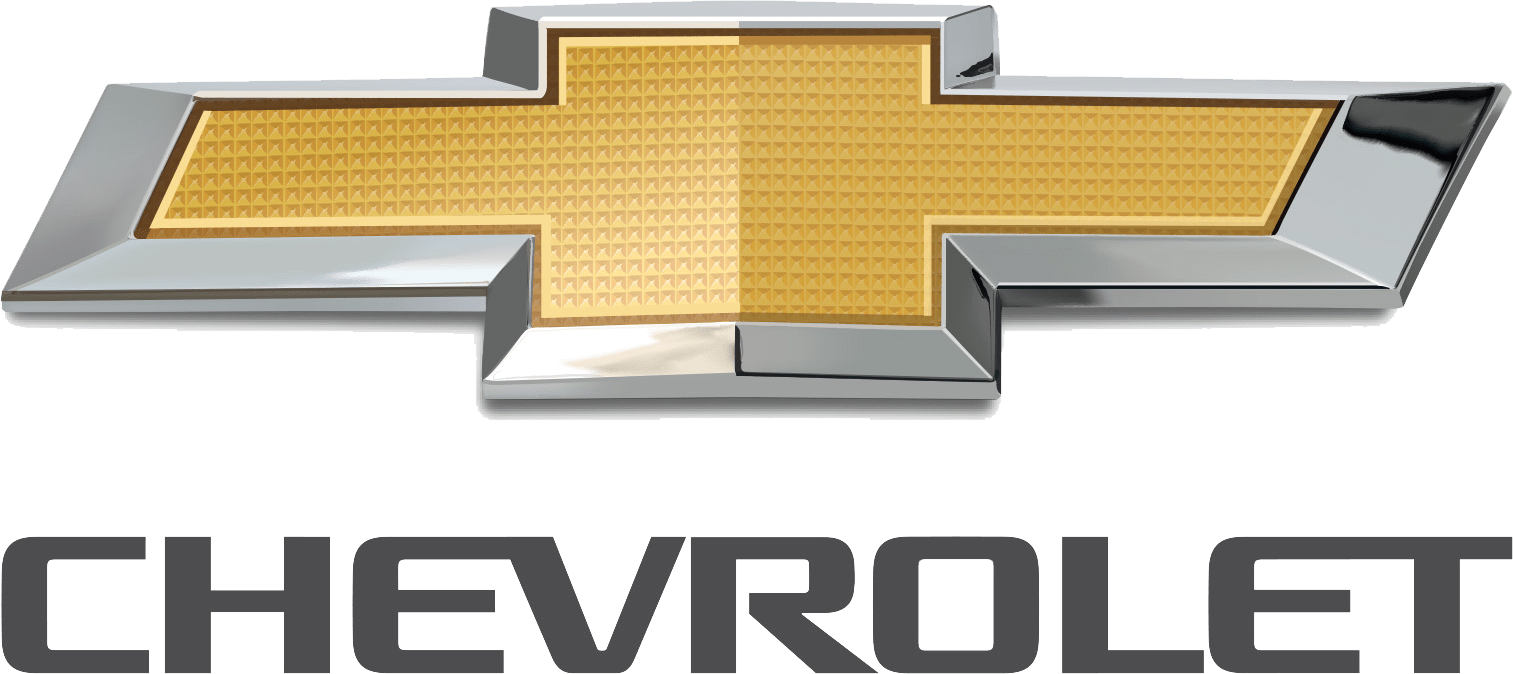Chevrolet Bolt EUV 2023 User Lane Keep Assist (LKA) Guide
As a major step forward in automotive safety and driver aid technology, the 2023 Chevrolet Bolt EUV’s Lane Keep Assist feature gives drivers a safer and more confident driving experience. This smart system uses many cameras and sensors to keep an eye on the car’s position in its lane at all times. If it notices that the driver is drifting, it actively steps in and makes small steering changes to help the driver stay in their lane. When used on highways and well-marked roads, chevy bolt Lane Keep Assist acts as a reliable co-pilot, making driving safer and more relaxed while lowering the risk of crashes caused by short-term attention gaps. Adding this to Chevrolet’s already impressive list of advanced driver assistance systems will make the 2023 Bolt EUV safer and more convenient, and it will also be a big step towards a future where cars are safer and more self-driving.
2023 CHEVROLET BOLT EUV Specs, Price, Features, Mileage
Lane Keep Assist (LKA)
LKA may help avoid crashes due to unintentional lane departures. This system uses a camera to detect lane markings between 60 km/h (37 mph) and 180 km/h (112 mph). It may assist by gently turning the steering wheel if the vehicle approaches a detected lane marking. It may also provide a Lane Departure Warning (LDW) alert if the vehicle crosses a detected lane marking. LKA can be overridden by turning the steering wheel. This system is not intended to keep the vehicle centred in the lane. LKA will not assist and alert if the turn signal is active in the direction of lane departure, or if it detects that you are accelerating, braking or actively steering.
Warning
The LKA system does not continuously steer the vehicle. It may not keep the vehicle in the lane or give a Lane Departure Warning (LDW) alert, even if a lane marking is detected.
Warning
The LKA and LDW systems may not:
- Provide an alert or enough steering assist to avoid a lane departure or crash.
- Detect lane markings under poor weather or visibility conditions. This can occur if the windshield or headlamps are blocked by dirt, snow, or ice; if they are not in proper condition; or if the sun shines directly into the camera.
- Detect road edges.
- Detect lanes on winding or hilly roads.
If LKA only detects lane markings on one side of the road, it will only assist or provide an LDW alert when approaching the lane on the side where it has detected a lane marking. Even with LKA and LDW, you must steer the vehicle. Always keep your attention on the road and maintain proper vehicle position within the lane, or vehicle damage, injury, or death could occur. Always keep the windshield, headlamps, and camera sensors clean and in good repair. Do not use LKA in bad weather conditions or on roads with unclear lane markings, such as construction zones. Using LKA while towing a trailer or on slippery roads could cause loss of control of the vehicle and a crash. Turn the system off.
How the System Works
LKA uses a camera sensor installed on the windshield ahead of the rearview mirror to detect lane markings. It may provide brief steering assist if it detects an unintended lane departure. It may further provide an audible alert or the driver seat may pulse indicating that a lane marking has been crossed. To turn LKA on and off, press on the center console. If equipped, the indicator light on the button comes on when LKA is on and turns off when LKA is disabled. When on, is white, if equipped, indicating that the system is not ready to assist. is green if LKA is ready to assist. LKA may assist by gently turning the steering wheel if the vehicle approaches a detected lane marking is amber when assisting. It may also provide a Lane Departure Warning (LDW) alert by flashing amber if the vehicle crosses a detected lane marking. Additionally, there may be three beeps, or the driver seat may pulse three times, on the right or left, depending on the lane departure direction.
Take Steering
The LKA system does not continuously steer the vehicle. If LKA does not detect active driver steering, an alert and chime may be provided. Steer the vehicle to dismiss. LKA may become temporarily unavailable after repeated take steering alerts.
When the System Does Not Seem to Work Properly
The system performance may be affected by:
- Close vehicles ahead.
- Sudden lighting changes, such as when driving through tunnels.
- Banked roads.
- Roads with poor lane markings, such as two-lane roads
If the LKA system is not functioning properly when lane markings are clearly visible, cleaning the windshield may help. A camera-blocked message may display if the camera is blocked. Some driver assistance systems may have reduced performance or not work at all. An LKA or LDW unavailable message may be displayed if the systems are temporarily unavailable. This message could be due to a blocked camera. The LKA system does not need service. Clean the outside of the windshield behind the rearview mirror. LKA assistance and/or LDW alerts may occur due to tar marks, shadows, cracks in the road, temporary or construction lane markings, or other road imperfections. This is normal system operation; the vehicle does not need service. Turn LKA off if these conditions continue.
2023 CHEVROLET BOLT EUV Specs, Price, Features, Mileage
Charging
When to Charge
When the high-voltage battery is low, the following charging messages may be displayed on the Driver Information Center (DIC):
CHARGE VEHICLE SOON :
The battery needs to be charged soon.
PROPULSION POWER IS REDUCED :
The accelerator pedal response is reduced and the remaining range value changes to LOW, charge the vehicle immediately.
OUT OF ENERGY, CHARGE THE VEHICLE NOW :
The battery charge is fully depleted. The vehicle will slow to a stop. The brake and steering assist will continue operating. Once stopped, turn the vehicle off.
Plug-In Charging
Plug-in charge times vary based on the battery condition, charge level, and the outside temperature. See Programmable Charging 0 94 for charge mode selection.
Do not allow the vehicle to remain in temperature extremes for long periods without being driven or plugged in. When temperatures are below 0 °C (32 °F) and above 32 °C (90 °F), plug in the vehicle to maximize high voltage battery life. The following table shows the range added and time to fully charge based on the charging method:
| Level 1 (120 Volt) | Level 2 (240 Volt) | DC Fast Charging | |||
| 8 Amps | 12 Amps | 32 Amps* | 48 Amps | ||
| Range Added | About 4.5 km
(2.8 mi) per hour of charge |
About 6.4 km
(4 mi) per hour of charge |
About 40 km
(25 mi) per hour of charge |
About 60 km
(37 mi) per hour of charge |
Up to 153 km (95 mi) in about
30 minutes** |
| Time to Full Charge | About 79 hours | About 55 hours | About 10 hours | About 7 hours | — |
Dual Level Charge Cord maximum
DC Charger must be capable of 150 amps and assumes the charge starts from a depleted battery. Time estimates are applicable to moderate temperature ranges. In extreme temperature conditions, a full charge will take additional time. It is normal to hear fans, pumps, and electrical devices clicking while the vehicle is turned off and charging. The vehicle does not require indoor charging area ventilation before, during, or after charging. The vehicle cannot be driven while the charge cord is plugged into the vehicle.
Caution
To avoid damage to the vehicle, make sure the charging cord plug is in good condition, is not worn or damaged, and is connected securely to the vehicle’s charging port. If vehicle charging is intermittent, disconnect the cord and inspect for damage. An excessively worn or damaged AC or DC charging cord plug may result in an intermittent connection and potential damage to the vehicle’s charging port. There are several infotainment screens that will display depending on the current charging status. See Programmable Charging 0 94.
FAQ
A: Chevy Bolt Lane Keep Assist is a driver assistance feature that helps keep the vehicle within its lane by making steering adjustments if necessary.
A: It uses cameras and sensors to monitor lane markings and can gently steer the vehicle back into the lane if it detects unintentional drifting.
A: Yes, you can usually activate or deactivate Lane Keep Assist through the vehicle’s settings menu.
A: The effectiveness of Lane Keep Assist may vary, but it often works at highway speeds.
A: No, it is not a hands-free system and requires the driver to keep their hands on the steering wheel.
A: Lane Keep Assist’s performance can be affected by adverse weather conditions, such as heavy rain or snow.
A: Some models allow you to adjust the sensitivity or intervention level of Lane Keep Assist.
A: Lane Keep Assist is primarily designed for maintaining lane discipline on straight roads, but it may assist in gentle curves.
A: If you don’t respond to alerts and continue drifting out of your lane, the system may deactivate or prompt you to take control.
A: Yes, it is often part of a suite of advanced driver assistance systems that includes features like adaptive cruise control and lane departure warning.
A: Yes, it can often be used alongside adaptive cruise control to provide a more comfortable and assisted driving experience.
A: Lane Keep Assist typically operates during nighttime, but its performance may vary depending on road markings and visibility.
A: Lane Keep Assist availability may vary depending on the trim level and optional packages.
A: Lane Keep Assist is primarily focused on lane-keeping and may not detect or respond to obstacles in the vehicle’s path.
A: No, it is not a substitute for attentive driving, and drivers should always remain engaged and ready to take control of the vehicle when necessary.
Useful Link
View Full User Guide: Chevrolet Bolt EUV 2023 User
Download Manuals: https://www.chevrolet.com/support/vehicle/manuals-guides


